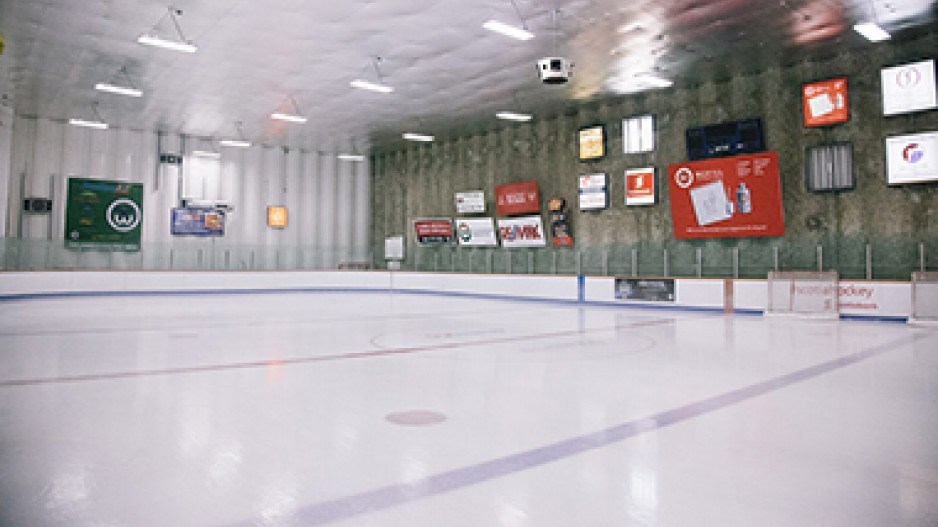Caring for three sheets of ice in a hockey rink year-round requires a lot of work – much more than simply sending out a Zamboni to resurface the ice. With more than 270 hockey teams using Excellent Ice’s ice rinks every year, maintaining the ice’s quality is a never-ending job for Scott Elliott, the arena’s general manager.
However, regular resurfacing, even with a top-of-the-line Zamboni, won’t stop the ice from melting or shrinking in a lot of arenas. “Our Zamboni was working overtime, but we couldn’t escape melting ice,” says Elliott. “On top of that, the arena’s refrigeration costs had reached an all-time high, but our ice continued to slowly melt and shrink.”
Especially difficult – and costly – was the task of maintaining ice quality in the spring and summer. “Spring and summer are very demanding times of year at Excellent Ice,” says Elliott. “We host a lot of hockey and skating camps, team practices and games, drop-in sessions and birthday parties. Our three sheets of ice are always fully booked. This level of activity, along with the warm weather outside, can affect the quality of our ice if we’re not careful.”
Elliott knew something had to change. After two years of research, he settled on a solution that would improve ice quality and reduce the run time on his refrigeration system: a low-emissivity ceiling.
Exposure to radiant energy from sources like sunlight and artificial light are what cause the ice in an arena to melt and shrink. At Excellent Ice, the arena’s ceiling was always warmer than the ice surface when the lights were on and the rinks were in use, creating a constant transfer of warm radiant energy to the ice. Melting and shrinkage were inevitable in Excellent Ice’s rink environment.
“Low-emissivity ceilings are not new. They’ve been around the ice rink industry for about 20 years,” notes Elliott. “I was familiar with the technology [white aluminum foil panels that encase two layers of polyurethane bubble wrap] but the cost to buy and install a low-e ceiling is high – in the tens of thousands – so I wanted to do my research and make sure a low-e ceiling was the right long-term solution for my facility.”
As luck would have it, the company contracted to do general maintenance at Excellent Ice was a member of BC Hydro’s Power Smart Alliance and an approved contractor of the sale and installation of a low-emissivity ceilings.
In March 2014, with the help of the Alliance member, Excellent Ice installed three low-emissivity ceilings in its arena – one above each ice surface. Elliott notes the installation was efficient and straightforward, requiring only two crew members over the span of a month. At Elliott’s request, the crew members only worked Monday to Friday, and during slower stretches of ice time at the arena. Impressively, Excellent Ice experienced no interruption to its day-to-day business during the installation.
The low-e ceiling upgrade qualified Excellent Ice for a $30,000 rebate from BC Hydro. The rebate, combined with a projected annual energy savings of $4,500 per year, give Excellent Ice an estimated payback period of just four months – an impressive return on investment. The acoustics in the arena have greatly improved too – a known benefit of low-e ceilings.
Even better, the Alliance member offered Excellent Ice a one-year warranty on the low-e ceiling and its installation.
To learn more about low-emissivity ceilings, visit bchydro.com/alliance-request and complete the Power Smart Alliance referral request form. Within a few days, a BC Hydro-approved contractor will be in touch with you. Or, call the Power Smart Business Help Desk at 1 866 522 4713 for more general information.




